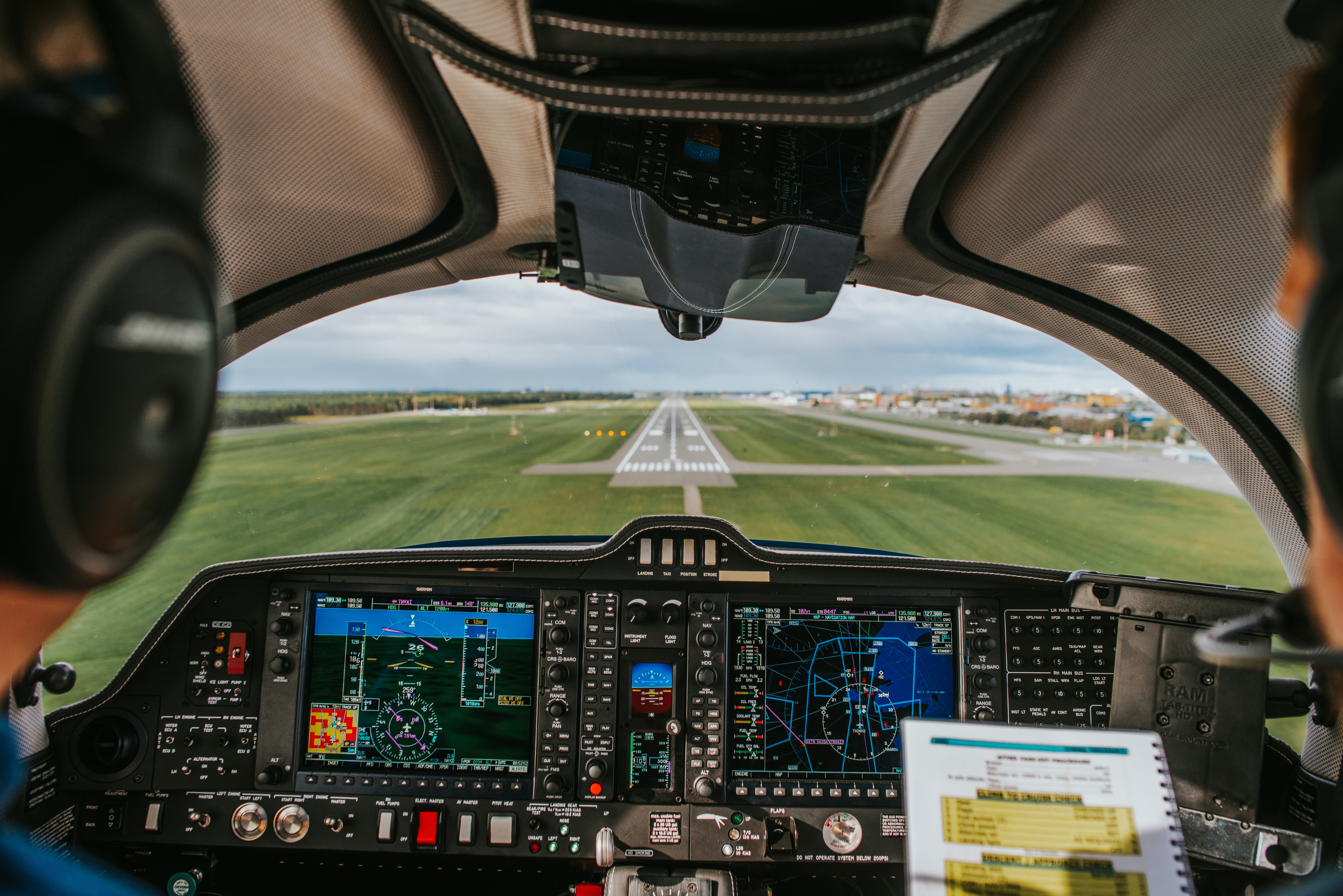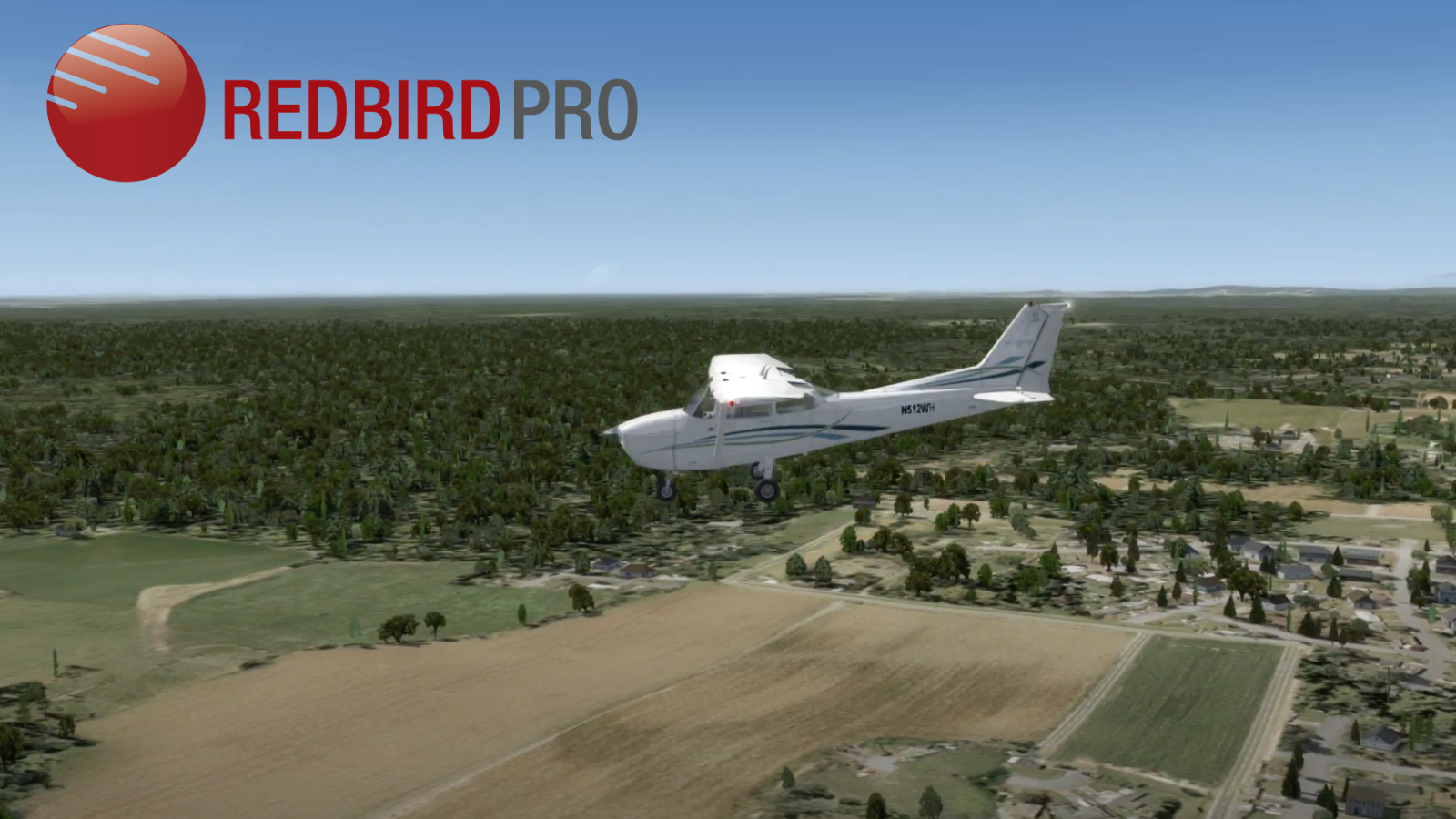The Pros and Cons of Learning to Fly in Complex Airspace
Busy airspace scares a lot of pilots. And for good reason - it’s true that complex airspace like the class Bravo and SFRA surrounding Washington DC is nothing short of chaotic. The fear of making a mistake or botching radio calls means that many VFR pilots will avoid busy airspace at all costs. And some pilots get the impression from controllers or from other pilots that they should avoid all complex airspace because they’ll just be in the way, or because they don’t want to bother controllers. Of course, those of us who have spent some time inside this airspace know that this is not the case. (Although VFR services like flight following are offered on a workload-permitting basis, air traffic controllers are almost always willing to assist VFR traffic when their workload permits.)
But what about conducting flight training inside of complex airspace? Is it a good idea?
Student pilots often wonder whether it’s better to train in busy, complex airspace or at a quiet, non-towered field. There are arguments for both sides of the story, of course, and unfortunately, there’s not a clear answer. Some students might be more comfortable learning at a small non-towered field, while others will thrive in the busy ATC environment. Some students might want to enter the busy airspace environment gradually, while others will be more keen to dive right in. Most of us would probably agree that it doesn’t really matter, and that it’s nothing that needs to be explicitly avoided. In fact, there are a number of benefits to training in busy airspace. But there are some challenges, as well.
Related: Winging It - Simple Mission, Complex Problems
Instructors should be competent and comfortable teaching within complex airspace and outside of it, and by the time a student reaches the end of the private pilot course, he or she should also be comfortable flying in all types of airspace. In the meantime, here are a few of the pros and cons of training in complex airspace:
Pros:
- Learning radio phraseology early: Students who learn to fly in complex or busy airspace quickly become comfortable on the radios. They learn right away that if you make an error in phraseology, the controller won’t react angrily like they do in those YouTube videos. The student learns how to say things correctly and concisely, and when they don’t, they learn how to correct their errors quickly, too.
- Exposure to procedures at towered airports: Students who fly at non-towered airports don’t get the same level of experience as students who fly inside of busy airspace. Talking to clearance delivery, then ground control, then tower, then departure, then approach, and finally back to tower and ground in just one flight means that the student gets to know the procedures at towered airports very well. In addition, they’ll master taxi clearances, runway signs and markings, and situational awareness in a high-workload environment.
- Experience with workload and task management, distractions and situational awareness: Workload in complex airspace is really high. For new students, just to fly the airplane is enough work. Adding radio calls, listening to all of the other radio chatter, trying to navigate to and from the practice area, reading a sectional or programming the GPS, all while listening to the instructor is hard. Mastering this type of task management from the start makes all of the other flying tasks seem like a walk in the park.
Related: Are you a Scared Pilot or a Scary Pilot? Respecting the Limits of Flight
Cons:
- There’s more waiting around (which costs money): Large airports mean lots of waiting. A Cessna 172 might be put in sequence behind five airliners while waiting to take off. Or you might be vectored around before landing to accommodate a string of IFR airplanes coming in. If there are runway or taxiway closures, you’ll spend a lot of time holding short and taxiing around on the ground. And time is money. The biggest complaint from flight students who train at busy airports is the extra Hobbs time that it takes for each flight.
- It takes more time to fly out to a less distracting airport or practice area (which costs money): Think the waiting around on the ground is bad? Add to that the time it takes to fly out to a practice area or to another non-towered field where you can practice touch-and-goes, and the student is paying more and more. These costs add up when you consider an entire pilot certificate or rating.
- Distractions: Sometimes a student will handle distractions well, but more often than not, a primary student will become overwhelmed with the workload experienced while flying in complex airspace. Minimizing distractions is important in the beginning phases of flight training, especially.
- It’s stressful, especially for new students: Learning to control the airplane is hard enough for new students, and introducing too many things at once can cause stress for the student. As an instructor, you slowly give the new student more and more responsibility, like adding the radio calls or asking them to identify their location on the sectional. Sometimes a student handles this stress really well other times it makes flight training significantly harder for them.
So which flight training environment is best? Since there are pros and cons to both complex and non-complex airspace operations, the answer might be for a student to choose a school and instructor that they’re comfortable with instead of focusing on the type of airspace.
Related: Why Frustration is an Important Part of Flight Training
Whether a student learns in complex airspace or not, the end result should be the same: a pilot who is comfortable and competent navigating inside and outside of busy airspace. And complex airspace is not something to fear. Once you’ve learned the ropes, navigating complex airspace isn’t all that complex, after all. And being comfortable enough to take advantage of the services ATC provides instead of avoiding them will create a safer flying environment for everyone.
Share this
You May Also Like
These Related Articles

Flying in the UK With an FAA Pilot Certificate

The Two Biggest Barriers for Rusty Pilots
